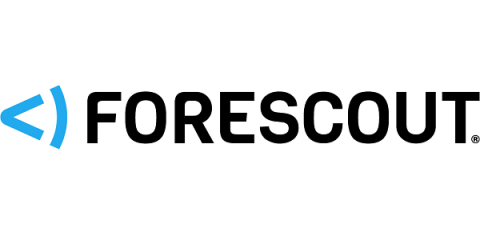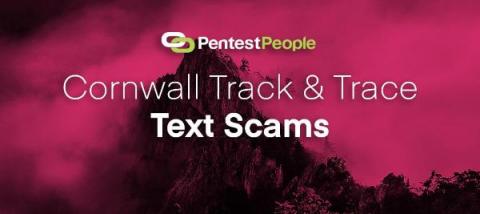Cybersecurity Asset Management: Know What's on Your Network
Guessing how many marbles are in a jar is either a fun carnival game (pick the average based on the wisdom of the crowd) or a math problem involving orb volume, cylinder volume and the estimated space between marbles. You can also just count the marbles. Unfortunately, when it comes to identifying the number of devices connected to your network, none of these approaches works – although quasi-manual counting remains all too common.











